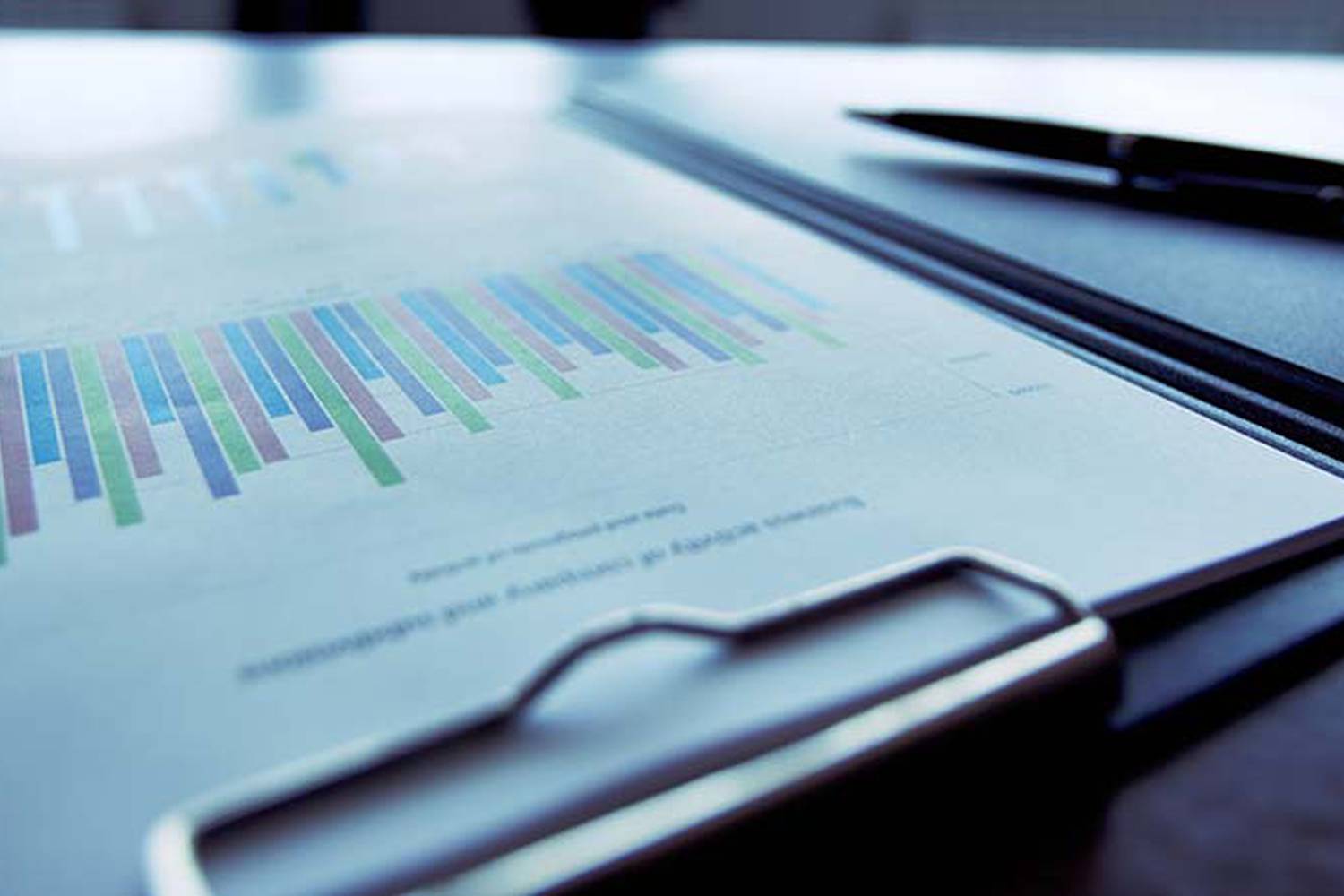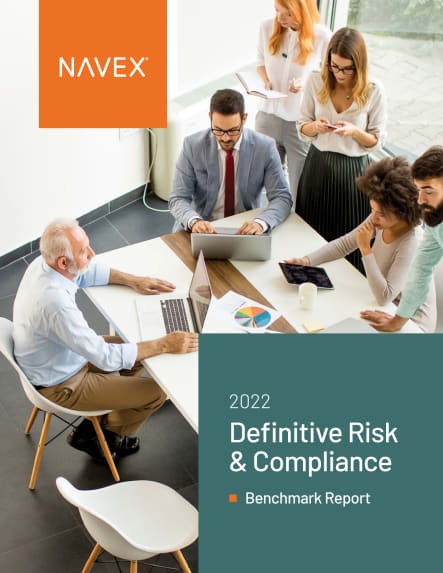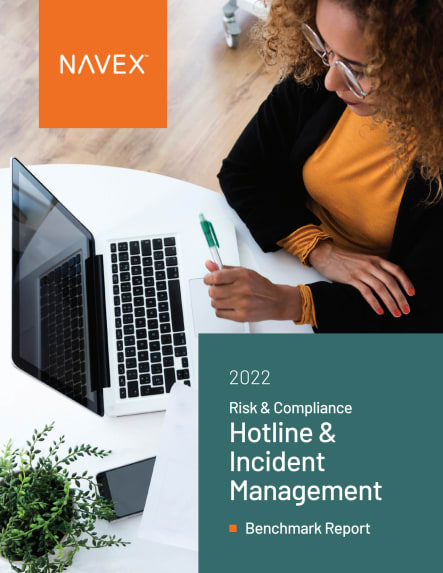Benchmarking your hotline compliance data against best practices and peer data is an important part of assessing the health of your company’s culture. But not all industry benchmarks are created equal.
When deciding which industry benchmarks to compare your organization’s hotline data to, it‘s important to ensure that those benchmarks have been calculated according to best-practice approaches.
Best Practice Benchmark Calculation
The primary, and simplest, method that many data providers use to generate their hotline benchmarks is to pool data by industry and calculate the average result for each given metric.
The problem with this method is that it does not account for outliers, such as companies with an extremely high or low call count, or a large or small employee population. As a result, the data can be skewed away from the bulk of the companies and towards the outliers.
Best practice benchmark calculation begins with a significant sample size. (NAVEX Global pulls our data for our annual Hotline Benchmarking Report from our database—the largest helpline database in the world.)
Each company that has a significant data set should be given equal weight in the measurement pool. From there, data should be aggregated, calculated and sorted to reveal median rates among all companies. That also allows for data analysis for differing groupings—industry, size, etc.—painting a more accurate picture of performance for that specific grouping.
For example, NAVEX Global’s latest Hotline Benchmarking Report revealed that our calculated median rate of substantiated reports is 40 percent. If we were to calculate that metric as an average of all companies, we would have a number that is off by more than 10 percent. That difference can significantly alter the way that ethics and compliance officers view their own organization’s data compared to the benchmark.
Using Industry Benchmarks Effectively
When we complete an Integrity Diagnostics report (see a sample report here), any hotline data that falls into a “recommended range” is not likely to represent a potential issue. If the data shows that a company is outside of the recommended range, the result warrants further analysis and consideration.
Good data analysis and benchmarking will help organizations ask and answer a number of questions that can help drive ethics and compliance program effectiveness, including:
- Do we need more training?
- Do we need to review or update our policies?
- Are our communications with employees reaching the intended audiences and having the desired effect?
- Should we dig deeper into data of concern with employee surveys and focus groups?
- Do enough employees know about our reporting channels?
- Does our culture support employees who raise concerns?
Helpline/hotline data that is carefully tracked, reviewed, benchmarked and presented with sufficient context often provides the early warning signs compliance professionals can use to detect, prevent and quickly resolve problems—and ultimately help strengthen their organization’s culture of ethics and respect.
Click here to learn more about Integrity Diagnostics, NAVEX Global’s proprietary advanced diagnostic tool designed to help compliance professionals understand and benchmark their program’s ethics and compliance issue reporting patterns.








